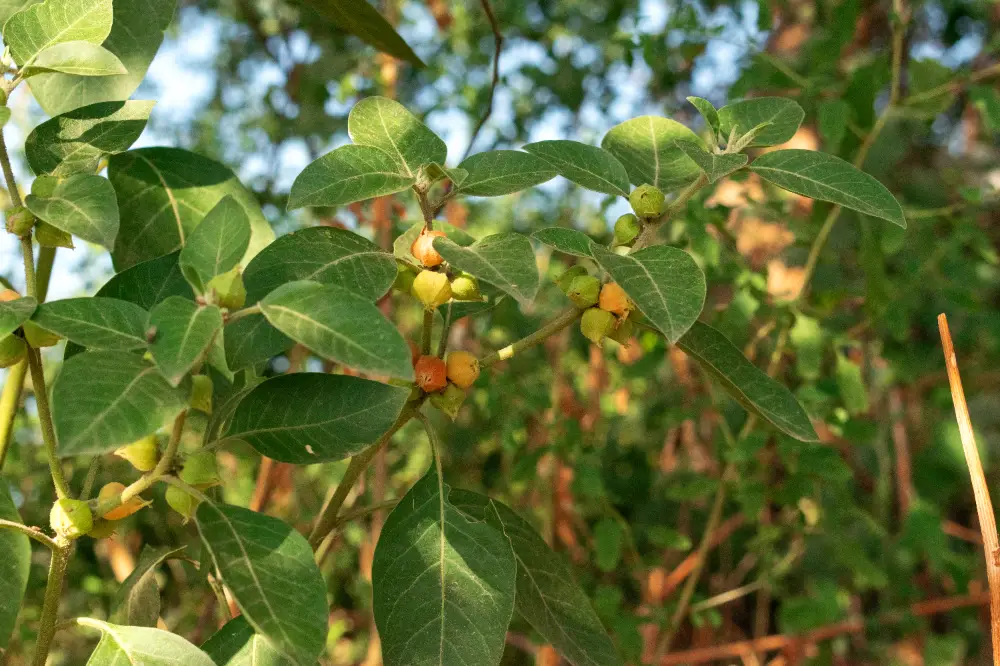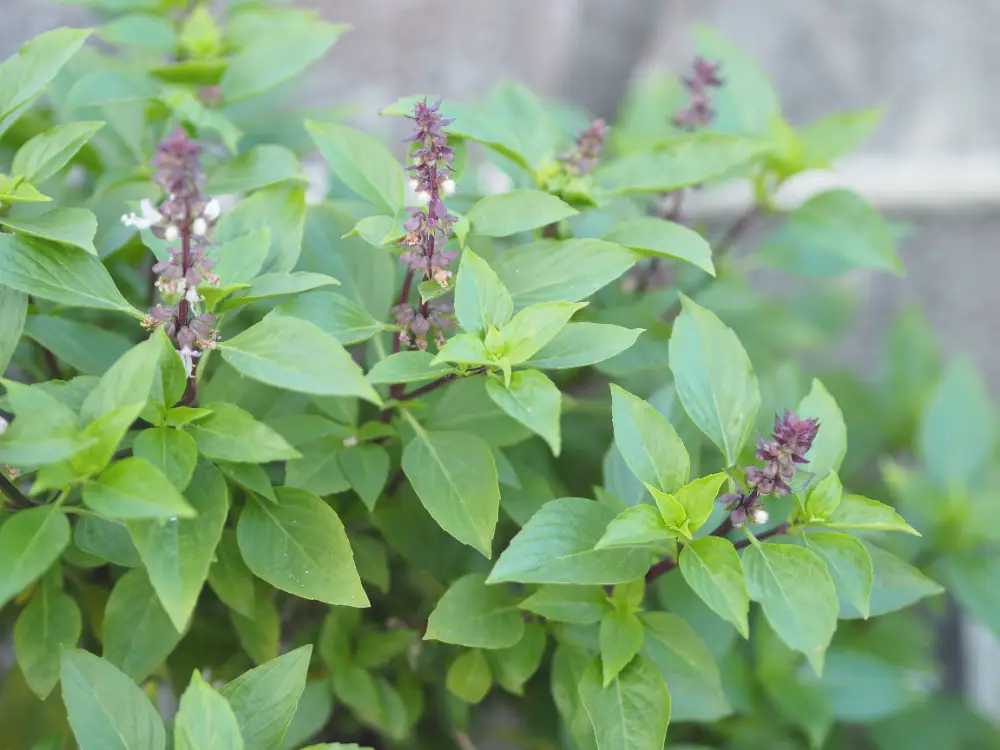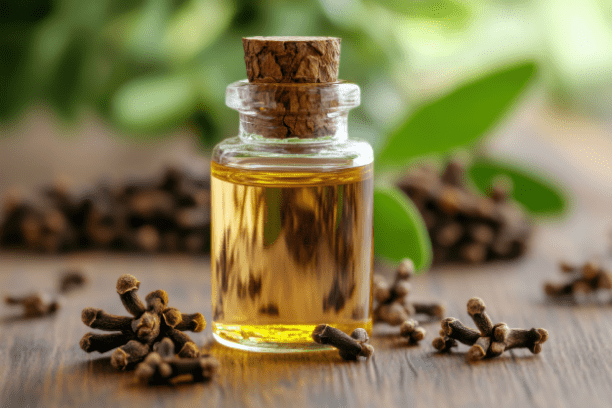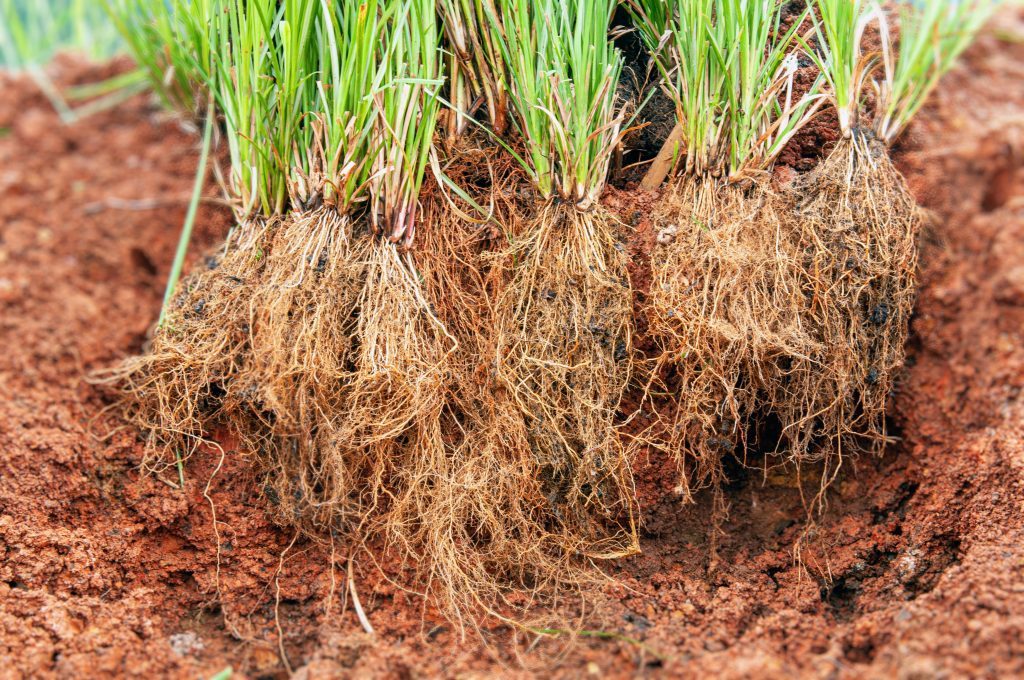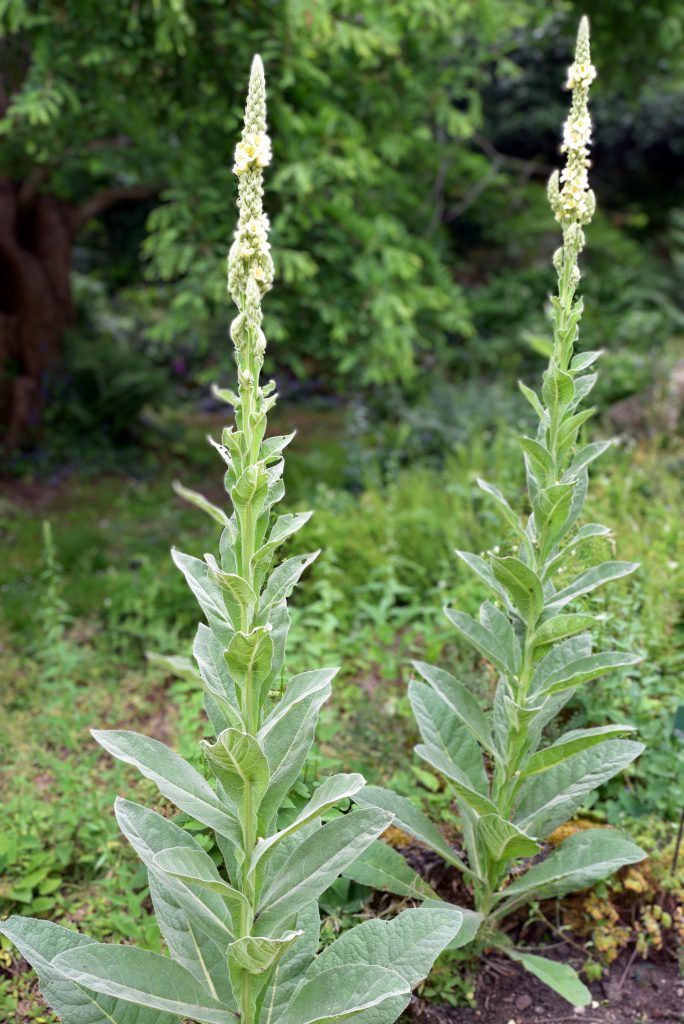
Fenugreek
Trigonella foenum-graecum
Fabaceae (Legume Family)
Valued for its culinary uses and health benefits, particularly for regulating blood sugar and enhancing lactation.
Other names:
Greek Hay, Bird’s Foot
Superpower
The ability to support digestive health, regulate blood sugar levels, and act as a galactagogue (promoting breast milk production), making it a valuable ally for metabolic and reproductive health.
Uses
Traditional Uses:
Historically, fenugreek has been used in traditional Ayurvedic and Unani medicine as a remedy for digestive issues, respiratory ailments, and to stimulate breast milk production in nursing mothers. It was also used as a spice and flavoring agent in cooking, especially in Mediterranean and Indian cuisine. In Egyptian times, fenugreek seeds were used to help with childbirth, and the plant was considered sacred.
Current Uses:
Today, fenugreek is primarily used for:
- Blood sugar regulation: Due to its high content of soluble fiber, it helps lower blood glucose levels and improve insulin sensitivity, making it beneficial for people with diabetes.
- Digestive health: Fenugreek is used to relieve indigestion, constipation, and gas by soothing the gastrointestinal tract.
- Lactation support: Fenugreek seeds are commonly used to enhance breast milk production in nursing mothers.
- Hormonal balance: Fenugreek’s phytoestrogenic compounds can help support hormonal balance in women, easing menstrual discomfort and promoting libido.
Cautions
Toxicity:
- Fenugreek is generally considered safe for most individuals when used appropriately. However, consuming large amounts may cause gastrointestinal upset such as nausea or diarrhea & flatulance.
- Urine odor may smell of maple syrup and body odour may be curry-like.
- Topical use: May cause dermatitis.
Contraindications:
- Pregnancy: Fenugreek should be used with caution in pregnancy as it may stimulate uterine contractions.
- Allergies: Individuals with an allergy to legumes (such as peanuts or soy) should use fenugreek cautiously, as they may also be allergic to fenugreek.
- Use caution: In anemia (may reduce iron absorption) and avoid high doses in hypothyroidism.
Interactions:
- Diabetes Medications: Fenugreek’s ability to lower blood sugar levels may enhance the effects of diabetic medications, so careful monitoring of blood sugar is necessary.
- May interfere with the absorption of various supplements & medications (e.g. MAOIs, anti-coagulants) when taken simultaneously.
Known Chemical Constituents
Mucilage:
-
- Galactomannan: Provides soothing and demulcent effects for the digestive and respiratory systems, aiding in digestive health and blood sugar regulation.
Volatile Oil:
Contributes to the aromatic properties of fenugreek and supports digestive and respiratory health.
Alkaloids:
-
- Trigonelline, gentianine, carpaine: These alkaloids are known for their hypoglycemic effects, helping regulate blood sugar and offering anti-inflammatory and cardiovascular benefits.
Steroidal Saponins:
-
- Diosgenin, yamogenin, gitogenin, tigogenin: These saponins provide phytoestrogenic effects, support hormonal balance, and promote lactation in nursing mothers.
Flavonoids:
-
- Apigenin, luteolin, kaempferol, vitexin, isovitexin, orientin, vicenin, quercetin: Powerful antioxidants and anti-inflammatory agents that help protect the body from oxidative stress, support immune function, and contribute to cardiovascular health.
Caffeic Acid Derivatives:
-
- Hydroxycinnamic acids: Provide antioxidant and anti-inflammatory benefits, supporting overall cellular health and contributing to immune function.
Nutrients:
-
- Vitamin A, Vitamin B1 (thiamine), Vitamin C, Calcium, Iron: These essential vitamins and minerals support immune health, bone health, and blood production.
Proteins and Free Amino Acids:
-
- Lysine, tryptophan, arginine, histidine: These amino acids contribute to protein synthesis, promote immune function, and support muscle health.
Botanical Description
Growth Habit:
Trigonella foenum-graecum is an annual herb that grows to about 30-60 cm (1-2 feet) tall. The plant has a slender, upright stem with branches that support small trifoliate leaves, characteristic of the pea family.
Leaves:
The leaves are trifoliate (having three leaflets), oblong to lance-shaped, and have a light green color. The margins of the leaflets are smooth, and the texture of the leaves is soft and slightly hairy.
Flowers:
Fenugreek produces small, pale yellow or white flowers that bloom from the leaf axils in late spring to early summer. These flowers are self-pollinating and give way to the plant’s seeds.
Fruit/Seeds:
The plant produces long, narrow pods containing 10-20 small, golden-brown seeds. The seeds are angular and hard, with a strong aromatic scent that is characteristic of fenugreek.
Roots:
Fenugreek has a shallow taproot system, which makes it relatively easy to cultivate and harvest in various soil types.
Habitat:
Native to the Mediterranean region and parts of Asia, Trigonella foenum-graecum thrives in sunny conditions and well-drained soils. It is commonly cultivated in India, North Africa, and parts of Europe.
Fun Facts
In ancient Egypt, fenugreek was used as part of the embalming process, as well as in cooking and medicine.
Parts Used
Seed
Harvest
Seeds:
The seeds are typically harvested in late summer to early autumn, once the pods have ripened and turned brown. The plant is cut and allowed to dry in a shaded area, after which the seeds are threshed and separated from the pods.
Leaves:
Fenugreek leaves, often used fresh or dried as a culinary herb or in teas, can be harvested throughout the growing season, particularly in spring and summer. The leaves are picked when they are still young and tender.
Roots:
Fenugreek roots are rarely harvested for medicinal purposes, as the seeds and leaves contain the majority of the plant’s active compounds.
Preparations
Tea/Infusion: Fenugreek seeds can be steeped in hot water to create a digestive tea or lactation support infusion.
Tincture: Extracted in alcohol, fenugreek is commonly used for blood sugar regulation and digestive issues.
Powder: The powdered seeds are often used in cooking, smoothies, or as a supplement for digestive health and milk production.
Capsules: Encapsulated fenugreek seed powder is a convenient way to take it for hormonal support and metabolic benefits.
Poultice: A paste made from fenugreek powder or seeds can be applied to the skin to relieve inflammation, muscle pain, and swelling.
Sacred Rituals
Fenugreek seeds have been used in rituals for prosperity and abundance.
Affirmations
“I nourish my body and spirit with abundance, grounding myself in the flow of life’s prosperity.”
Spiritual Associations
Fenugreek is associated with abundance, fertility, and protection in traditional practices.
Functions
A substance or agent that reduces inflammation in the body, soothing irritation, swelling, or redness in tissues.
Demulcent
A substance or agent that soothes and protects irritated or inflamed tissues by forming a protective film over mucous membranes.
Digestive & Elimination HealthThe overall well-being and optimal functioning of the digestive system, which includes the gastrointestinal tract, liver, pancreas, and other supporting organs. It encompasses the processes of breaking down food, absorbing nutrients, and eliminating waste, as well as maintaining a healthy balance of gut microbiota.
Easing LaborThe use of substances, practices, or techniques to support and facilitate the birthing process by reducing discomfort, promoting relaxation, and assisting uterine efficiency.
Emmenagogue (stimulate menstrual flow)An emmenagogue is a substance that stimulates or regulates menstrual flow and can help address menstrual irregularities or delayed periods.
Expectorant (clears mucus)Galactogogue (Increase breast milk)A galactagogue is a substance that stimulates or increases the production of breast milk in lactating individuals, supporting both the quantity and quality of milk supply.
Hypoglycemic agentA substance or intervention that lowers blood sugar levels, often used to manage conditions like diabetes or hyperglycemia.
HypotensiveA substance or agent that helps lower blood pressure, supporting cardiovascular health and reducing the risk of hypertension-related complications.
Milk Supply BoostMilk supply boost refers to interventions or substances that enhance the production and flow of breast milk in lactating individuals.
PhytoestrogenicA phytoestrogenic substance contains plant-derived compounds that mimic or modulate the effects of estrogen in the body by binding to estrogen receptors.



